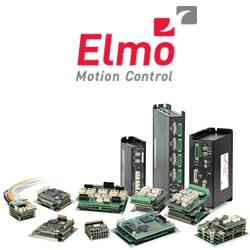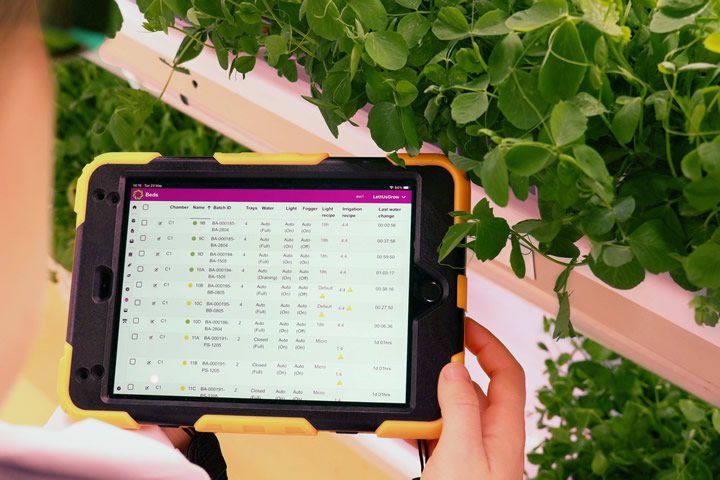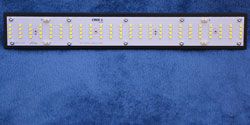How Supplemental Lighting Contributes to Higher Yields and Profits
Supplemental lighting is a vital part of maximizing yield and profit in Canada's limited growing season. Growers should contact Sollum for solutions.
Controlled Environment Agriculture Market Worth to Reach $168.7 Bn by 2032
The industry value from the aquaponics segment will hit a lucrative growth rate through 2032. Aquaponics stands out for its sustainability, operating on a closed-loop principle. Fish excrement nourishes the plants, and in return, the plants purify the water for the fish.
Innovate UK backs collaborative project linking AI with automation & control to improve indoor farming sustainability
The project's core objective is to tackle the inefficiencies prevalent in TCEA by leveraging innovative technologies and methodologies - thereby improving energy efficiency.
Horticulture LEDs and Photophyll™ Select LED
Cree LED is the first LED supplier to fully characterize products in horticulture metrics, such as PPF and Red PPF %, instead of lighting metrics, such as CCT and CRI.
Integrating Renewable Energy in Controlled Environment Agriculture (CEA)
The energy demands of indoor farming can be substantial, leading to increased greenhouse gas emissions and environmental strain. Enter renewable energy - a game-changing approach to powering CEA systems while reducing their carbon footprint.
Records 1 to 5 of 5
Featured Product

Elmo Motion Control - The Platinum Line, a new era in servo control
Significantly enhanced servo performance, higher EtherCAT networking precision, richer servo operation capabilities, more feedback options, and certified smart Functional Safety. Elmo's industry-leading Platinum line of servo drives provides faster and more enhanced servo performance with wider bandwidth, higher resolutions, and advanced control for better results. Platinum drives offer precise EtherCAT networking, faster cycling, high synchronization, negligible jitters, and near-zero latency. They are fully synchronized to the servo loops and feature-rich feedback support, up to three feedbacks simultaneously (with two absolute encoders working simultaneously). The Platinum Line includes one of the world's smallest Functional Safety, and FSoE-certified servo drives with unique SIL capabilities.


.png)


